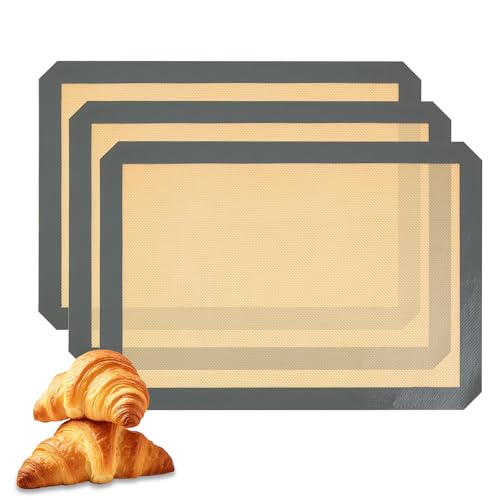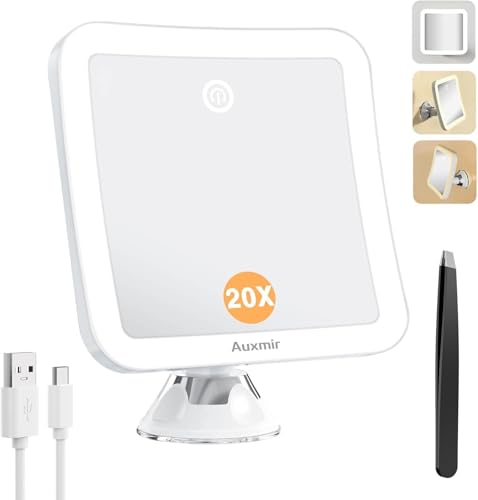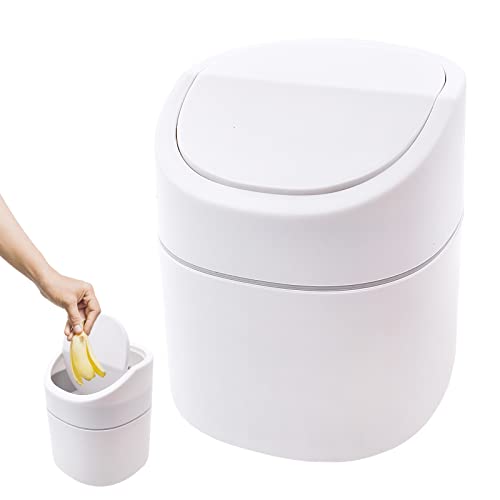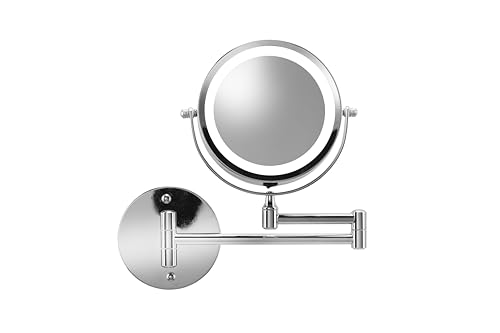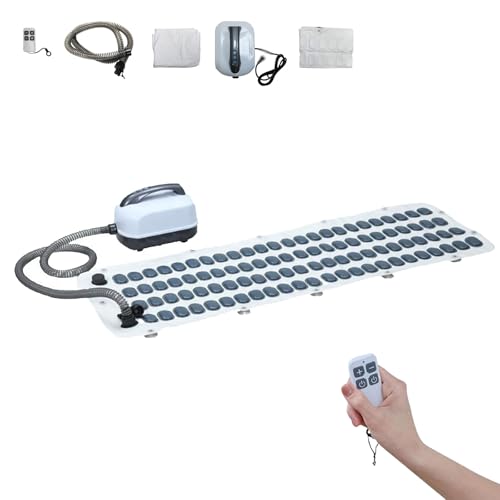What is a Baking Mat and How Does it Work?
Understanding Baking Mats
A baking mat is a thin, flexible sheet made from silicone or a combination of silicone and fibreglass. It serves as a non-stick surface that you can place on a baking tray or sheet. The main function of a baking mat is to provide an even, heat-resistant surface allowing for efficient baking without the need for grease or parchment paper. When the mat is heated in the oven, it releases the baked goods easily, helping maintain their shape and preventing sticking.
How Baking Mats Function
When you place dough or batter on a baking mat, the silicone provides a non-stick environment, reducing the necessity for additional oils or flours. As heat circulates around the mat, it evenly distributes the temperature, which helps in achieving a perfectly baked treat every time. The mats are designed to withstand high temperatures, making them suitable for use in the oven, and they can also be placed in the freezer, which makes them versatile for various types of food preparation.
Benefits of Using Baking Mats in Your Kitchen
Non-Stick Convenience
One of the most significant advantages of using baking mats is their non-stick nature. No need for parchment paper or greasing pans, which simplifies the baking process. You can easily lift off cookies, pastries, or other baked goods without any mess, ensuring every piece comes out perfectly.
Cost-Effectiveness
Using a baking mat can save money in the long run. Since they can be reused hundreds of times, you eliminate the need to purchase disposable parchment paper or foil. This not only helps your wallet but also reduces waste, making it an environmentally friendly option.
Versatility in Cooking
Baking mats are not just limited to baking cookies and pastries. You can also use them for roasting vegetables, making candy, or even crafting. Their heat resistance and easy-to-clean nature allow for a wide range of culinary applications, making them an indispensable tool in the kitchen.
Choosing the Right Baking Mat for Your Needs
Material Types and Their Benefits
Baking mats come in various materials, with silicone and silicone-coated fibreglass being the most popular. Silicone mats are flexible, allowing easy handling and placement on baking sheets. If you prefer rigidity, a fibreglass mat offers sturdiness while still providing non-stick convenience. When selecting a mat, consider how often you bake and what types of baking tasks you’ll be doing.
Size and Thickness Considerations
Another factor to consider is the size of the baking mat. They come in standard sizes that typically match standard baking sheets; however, there are also options available for larger or custom-sized trays. Thickness can vary as well, with thicker mats generally offering more durability but potentially taking longer to heat up. We recommend choosing a mat that fits your trays with some overhang for easy handling.
Care and Maintenance of Your Baking Mat
Cleaning Your Baking Mat
To maintain the quality of your baking mat, it’s essential to clean it properly. Most silicone baking mats can be washed with warm, soapy water and a soft sponge. Avoid using harsh scrubbers as they can damage the surface. For tougher stains or residues, a mixture of baking soda and water can often do the trick.
Storage Tips
When it comes to storing your mat, keeping it flat is ideal to prevent any creases. If you need to roll it up for storage, do so loosely to avoid permanent bends. Proper care will extend the life of your baking mat, ensuring that it remains a reliable tool in your kitchen.
Creative Ways to Use Your Baking Mat Beyond Baking
Cooking and Roasting
Think beyond pastries and cookies; baking mats are fantastic for other cooking methods as well. You can use them to roast vegetables, ensuring they don’t stick and encouraging even cooking. Simply spread your vegetables out on the mat, season them, and let your oven do the work.
Crafting and Project Use
Baking mats can also be a surprising addition to your crafting arsenal. Use them as a non-stick surface for glue projects or for working with clay and dough. Their flexibility and ease of cleaning make them practical for various projects, whether you’re making holiday crafts with the kids or tackling a DIY home decor project.










